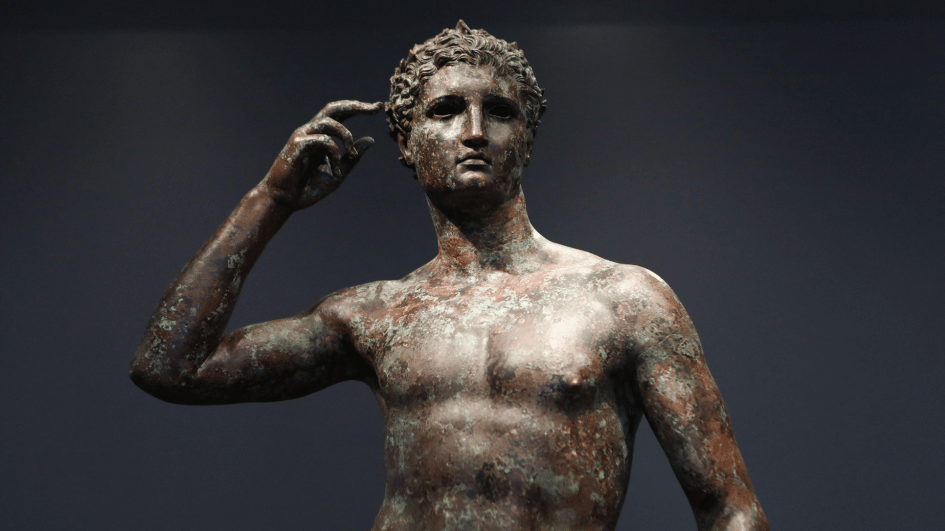
A European court yesterday upheld Italy’s right to seize a prized Greek statue from the J. Paul Getty Museum in California, ruling that Italy was right to try to reclaim an important part of its cultural heritage and rejecting the museum's appeal.
The European Court of Human Rights, or ECHR, determined that Italy’s years-long efforts to recover the “Victorious Youth” statue from the Getty were not disproportionate.
The Getty had appealed a 2018 Italian high court ruling that had confirmed a confiscation order, claiming that its rights to the statue had been violated by Italy's campaign to get it back.
“Victorious Youth,” a life-sized bronze dating from 300 B.C. to 100 B.C., is one of the highlights of the Getty collection.
An Italian court in Pesaro had ordered it seized and returned in 2010, at the height of Italy’s campaign to recover antiquities looted from its territory and sold to museums and private collectors around the globe.
The Getty has long defended its right to the statue, saying Italy had no claim to it.
Among other things, the Getty had argued that the statue is of Greek origin, was found in international waters and has never been part of Italy’s cultural heritage. It has cited a 1968 Court of Cassation ruling that found no evidence that the statue belonged to Italy.
The bronze, which was pulled from the sea in 1964 by Italian fishermen, was purchased by the Getty in 1977 for $4 million and has since been on display at the Getty.
Thursday's ruling by the Strasbourg, France-based ECHR was a chamber judgment. Both sides now have three months to ask that the case be heard by the court's Grand Chamber for a final ruling.
The statue, nicknamed the “Getty Bronze,” is a signature piece for the museum. Standing about 1.52 meters tall, the statue of the young athlete raising his right hand to an olive wreath crown around his head is one of the few life-sized Greek bronzes to have survived.
Though the artist is unknown, some scholars believe it was made by Lysippos, Alexander the Great’s personal sculptor.